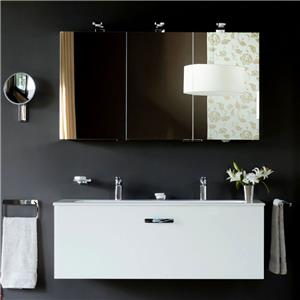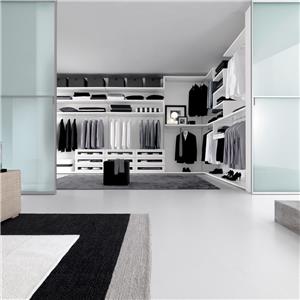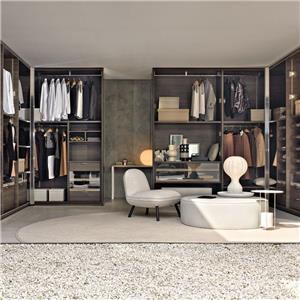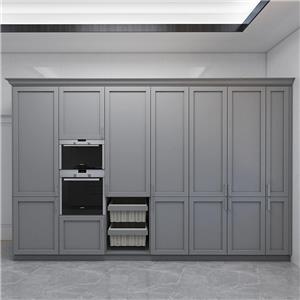6 Key Considerations for Choosing Kitchen Cabinets
6 Key Considerations for Choosing Kitchen Cabinets
Cabinets are a core element in any kitchen, serving not only as storage solutions but also enhancing the overall aesthetic and functionality. When selecting cabinets, it's essential to look beyond common factors like style, functionality, and quality to consider several subtle details that can make a significant difference.
1. Space Planning and Layout
Before choosing cabinets, thorough space planning and layout analysis are crucial. Accurate measurements ensure that the cabinets fit the kitchen space properly. Consider functionality and workflow to arrange the cabinets in a way that ensures convenience and smooth daily use. Key details to focus on include:
Corner Utilization: Install corner cabinets or turntables to maximize storage space.
Height Arrangement: Set cabinet heights based on personal height and usage habits for easy access.
Work Triangle: Maintain an optimal distance between the main work areas (cooking, cleaning, and storage) to enhance efficiency.
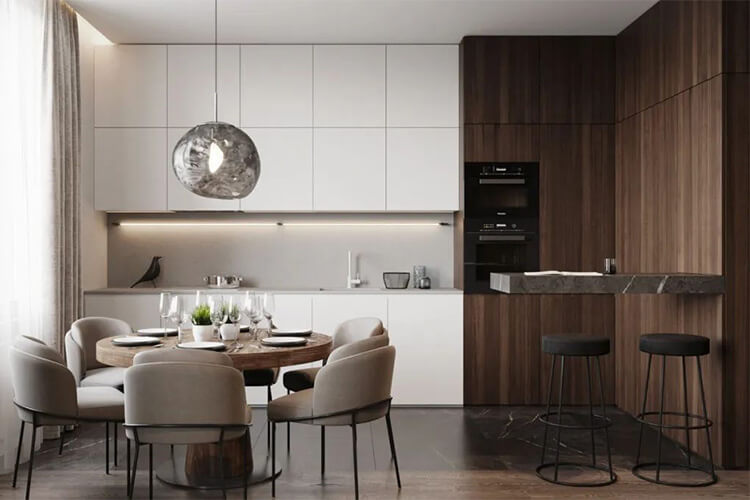
2.Material and Quality Selection
Choosing the right materials and ensuring quality is key to the durability and longevity of the cabinets. Common material choices include:
Solid Wood: Offers natural beauty and texture but requires regular maintenance to prevent warping and damage.
Engineered Wood: More affordable and stable options like high-density fiberboard (HDF) or medium-density fiberboard (MDF) provide good quality.
Steel: Ideal for industrial-style kitchens, offering modern aesthetics and durability.
Important quality considerations include:
Structural Stability: Ensure a sturdy frame and reliable connectors for lasting support.
Smooth Operation: Test the ease of opening and closing cabinet doors and drawers.
Durability: Choose materials with good resistance to water, bacteria, and wear to withstand daily kitchen use.
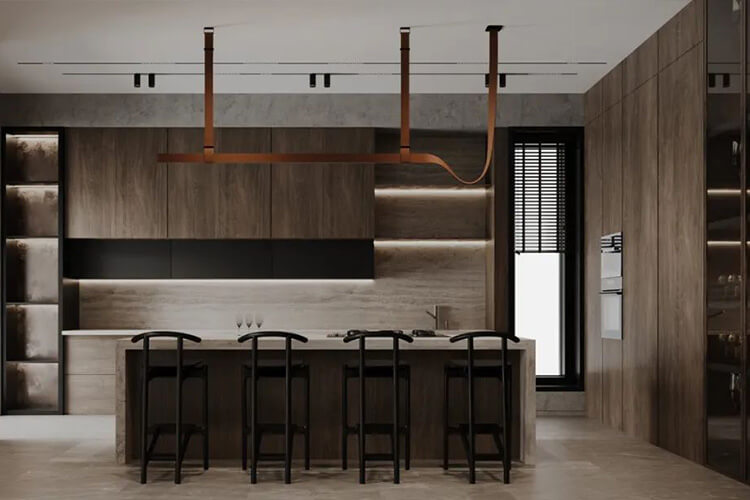
3. Style and Design
The style and design of the cabinets are crucial for the kitchen's overall look. Consider the following details for a harmonious visual effect:
Door Decorations: Choose from flat, raised, or carved panel styles to match different decor preferences.
Handle Styles: Select handles that complement the cabinet style and ensure comfort and ease of use.
Countertop Materials: Choose suitable materials like granite, quartz, or stainless steel based on the overall kitchen design and personal preference.
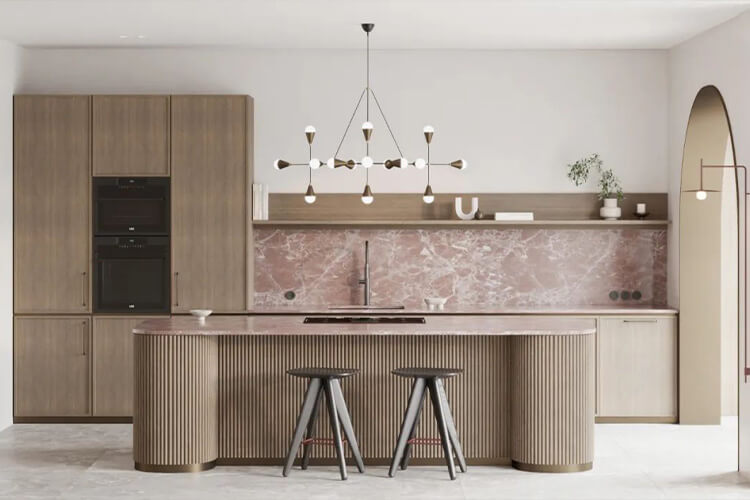
4. Storage and Organization
Effective storage and organization are vital for kitchen practicality. Based on household needs, select cabinets that maximize storage efficiency:
Drawer Systems: Opt for cabinets with dividers or nested drawers for better organization of utensils and dishes.
Shelves and Racks: Adjustable shelves and racks accommodate items of various sizes.
Dividers and Trays: Use dividers and trays for organizing small items like spice bottles and pot lids.
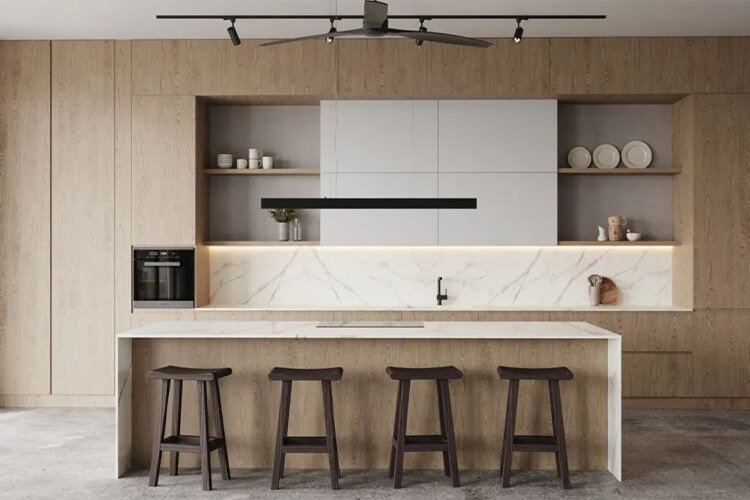
5. Detail Considerations
Pay attention to details that enhance usability and ease of maintenance:
Internal Lighting: Install lighting systems inside cabinets for better visibility and convenience.
Ease of Cleaning: Choose materials and designs that are easy to clean and maintain. Smooth, seamless surfaces reduce the accumulation of dirt and bacteria. Opt for durable, heat-resistant, and scratch-resistant countertops and cabinets to minimize maintenance and replacement costs.
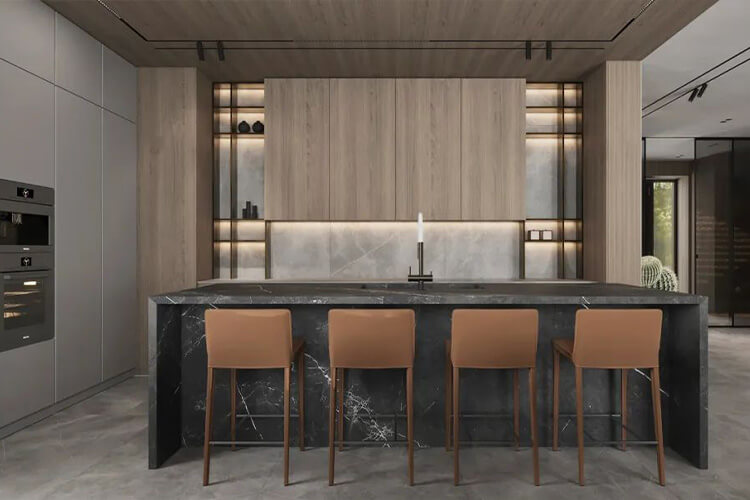
6. Budget and Long-Term Investment
Set a reasonable budget and balance the cost with quality. While a significant investment may be required upfront, quality cabinets offer long-term benefits. Reliable and durable cabinets meet long-term needs and enhance the kitchen's value and appeal.
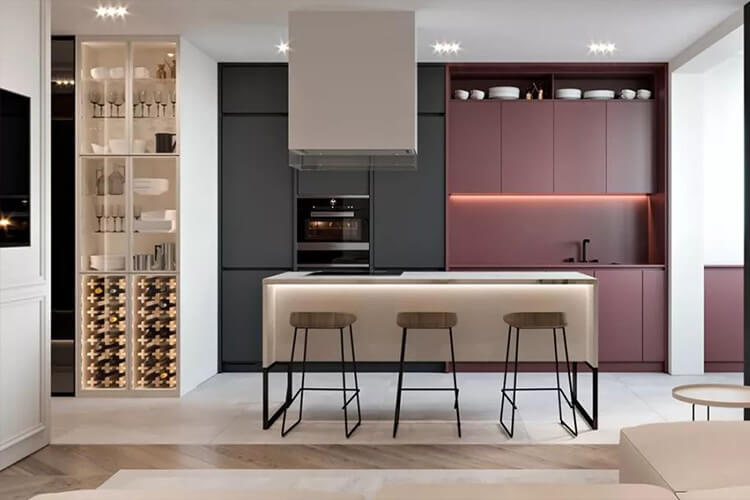
Consider not only the initial purchase cost but also the long-term maintenance expenses. Understand the characteristics and care requirements of the chosen materials to ensure proper upkeep, extending the cabinets' lifespan and maintaining their appearance.

